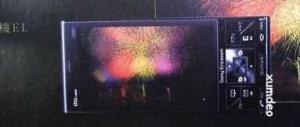New poll - how much more money will you pay for an OLED laptop?
I'm trying out a new feature here at OLED-Info: Polls. The first one is about OLED in laptops. LG said they may start producing their 15" displays within 6 months, if they get customers. We know that Samsung has 14.1" AMOLED panels as well, probably close to production.
It still remains whether laptop makers will take the plunge and introduce an OLED laptop. It will bound to be more expensive... but how much more will people be willing to pay for an OLED laptop? It will be gorgeous looking and save batter life and enable thinner laptops... but the money is obviously a crucial factor.
It'll be interesting to see what OLED-Info readers have to say. So help and vote ;-)
You can see the poll in the right-side of our home page, or through this link.









